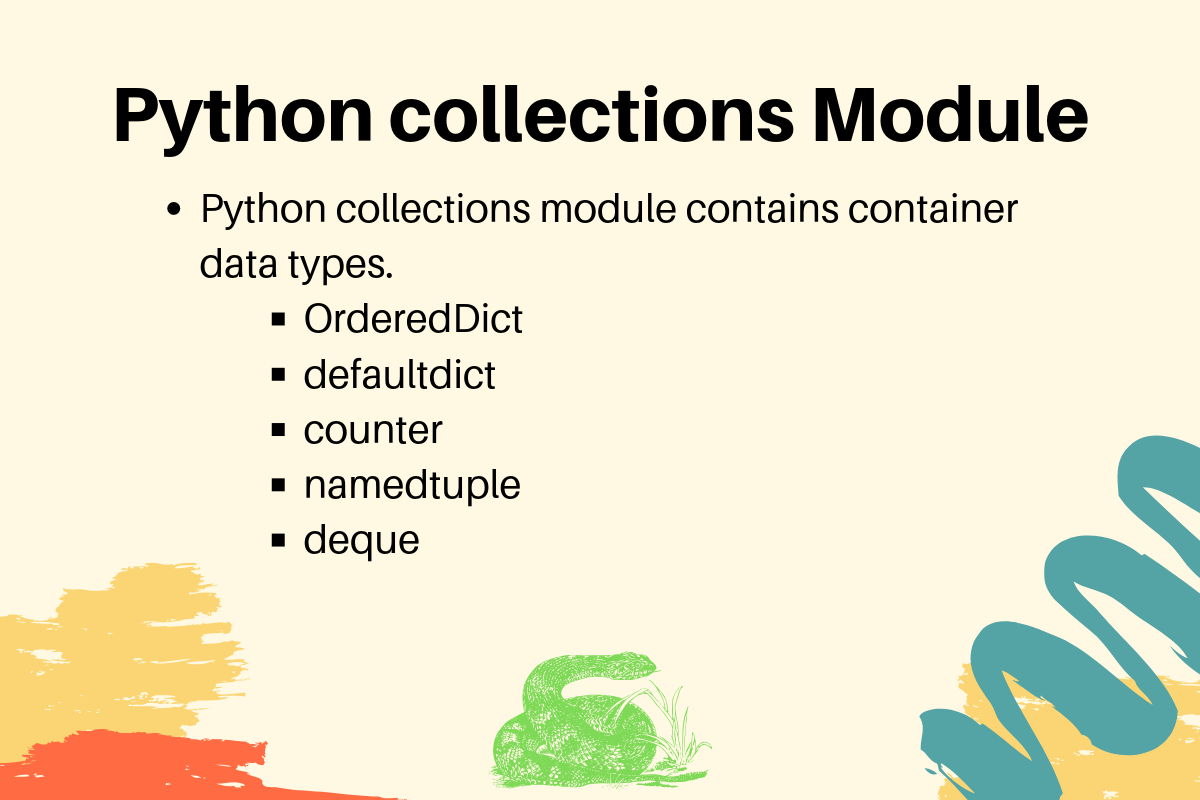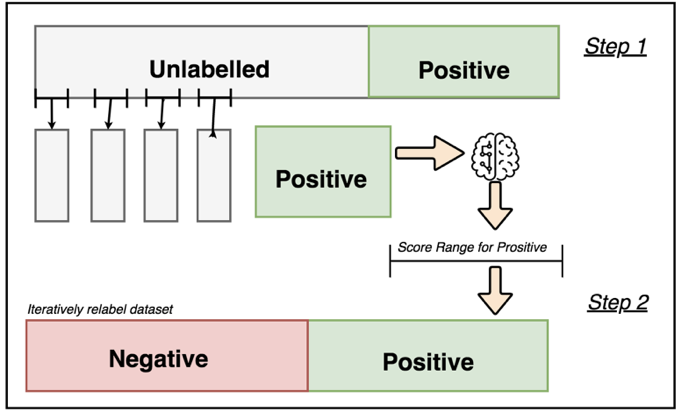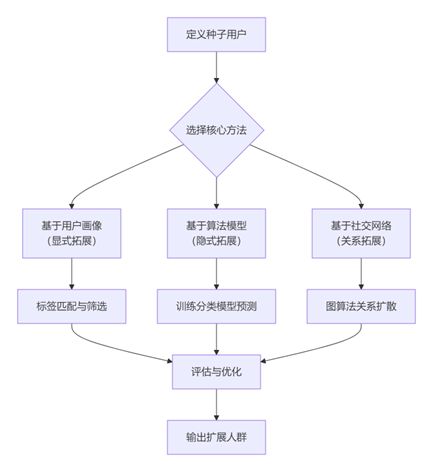在 Python 中有一些内置的数据类型,比如 int, str, list, tuple, dict 等。Python 的 collections 模块在这些内置数据类型的基础上,提供了几个额外的数据类型:

| namedtuple() | 生成可以使用名字来访问元素内容的 tuple 子类 |
| deque | 类似列表(list)的容器,实现了在两端快速添加(append)和弹出(pop) |
| Counter | 字典的子类,提供了可哈希对象的计数功能 |
| OrderedDict | 字典的子类,保存了他们被添加的顺序 |
| defaultdict | 字典的子类,提供了一个工厂函数,为字典查询提供一个默认值 |
| UserDict | 封装了字典对象,简化了字典子类化 |
| UserList | 封装了列表对象,简化了列表子类化 |
| UserString | 封装了列表对象,简化了字符串子类化 |
namedtuple()
namedtuple 主要用来产生可以使用名称来访问元素的数据对象,通常用来增强代码的可读性,在访问一些 tuple 类型的数据时尤其好用。
# -*- coding: utf-8 -*-
from collections import namedtuple
websites = [
('百度', 'https://www.baidu.com/', '李彦宏'),
('阿里', 'https://www.taobao.com/', '马云'),
('腾讯', 'http://www.qq.com/', '马化腾')
]
Website = namedtuple('Website', ['name', 'url', 'founder'])
for website in websites:
website = Website._make(website)
print(website)
# 输出内容:
# Website(name='百度', url='https://www.baidu.com/', founder='李彦宏')
# Website(name='阿里', url='https://www.taobao.com/', founder='马云')
# Website(name='腾讯', url='http://www.qq.com/', founder='马化腾')
deque
deque 其实是 double-ended queue 的缩写,翻译过来就是双端队列,它最大的好处就是实现了从队列头部快速增加和取出对象: .popleft(), .appendleft()。
你可能会说,原生的 list 也可以从头部添加和取出对象啊?就像这样:
l.insert(0, v) l.pop(0)
但是值得注意的是,list 对象的这两种用法的时间复杂度是 O(n),也就是说随着元素数量的增加耗时呈线性上升。而使用 deque 对象则是 O(1) 的复杂度,所以当你的代码有这样的需求的时候,一定要记得使用 deque。作为一个双端队列,deque 还提供了一些其他的好用方法,比如 rotate 等。
from collections import deque
q = deque(['a', 'b', 'c'])
q.append('x')
q.appendleft('y')
print(q)
# 输出内容:
# deque(['y', 'a', 'b', 'c', 'x'])
Counter
Counter 是一个简单的计数器,例如,统计字符出现的个数:
# -*- coding: utf-8 -*-
from collections import Counter
s = '''A Counter is a dict subclass for counting hashable objects.
It is an unordered collection where elements are stored as dictionary keys and their counts are stored as dictionary values.
Counts are allowed to be any integer value including zero or negative counts.
The Counter class is similar to bags or multisets in other languages.'''
c = Counter(s)
# 获取出现频率最高的 5 个字符
print(c.most_common(5))
# 输出内容:
# [(' ', 54), ('e', 32), ('s', 25), ('a', 24), ('t', 24)]
OrderedDict
有序词典就像常规词典一样,但有一些与排序操作相关的额外功能。由于内置的 dict 类获得了记住插入顺序的能力(在 Python 3.7 中保证了这种新行为),它变得不那么重要了。
DefaultDict
我们都知道,在使用 Python 原生的数据结构 dict 的时候,如果用 d[key] 这样的方式访问,当指定的 key 不存在时,是会抛出 KeyError 异常的。但是,如果使用 defaultdict,只要你传入一个默认的工厂方法,那么请求一个不存在的 key 时,便会调用这个工厂方法使用其结果来作为这个 key 的默认值。
# -*- coding: utf-8 -*-
from collections import defaultdict
members = [
# Age, name
['male', 'John'],
['male', 'Jack'],
['female', 'Lily'],
['male', 'Pony'],
['female', 'Lucy'],
]
result = defaultdict(list)
for sex, name in members:
result[sex].append(name)
print(result)
# Result:
# defaultdict(<class 'list'>, {'male': ['John', 'Jack', 'Pony'], 'female': ['Lily', 'Lucy']})
参考链接:



